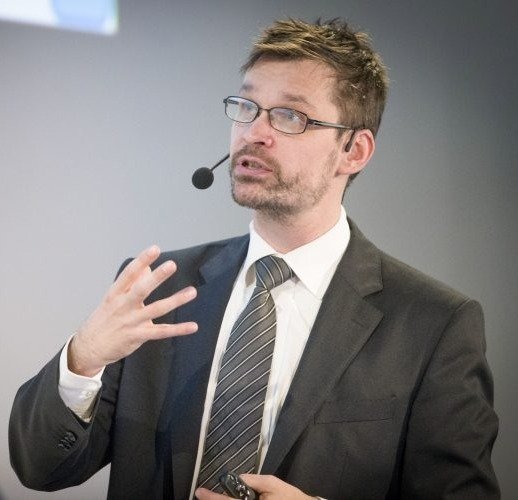How to Model Crack Propagation Using Finite Element Analysis
Overview
In the last decades, linear finite element analysis has become a widely used numerical design tool in many engineering fields such as the construction, automotive, aerospace, nuclear and offshore oil and gas industry. Finite element analysis is an integral part of the design cycle is most engineering companies.
In the meantime, advances in both computing power and commercially available finite element codes have paved the way for the introduction of non-linear finite element analysis to simulate e.g. complex material behaviour, contact problems or geometric non-linearity.
More recently, the use of finite elements to solve fracture mechanics problems has developed and is finding its way to -amongst others- the pipeline and pressure vessel industry, the nuclear sector, biomedical engineering, etc. Nowadays, defects such as sharp cracks can be easily included in finite element models and analysed using the relevant solution processes. In addition to the usual finite element outputs, special quantities which are of relevance to fracture mechanics can also be calculated, to indicate the conditions due to the presence of defects.
This free NAFEMS webinar aimed to explain how to model crack propagation using Finite Element Analysis (FEA). It provided a comprehensive overview on numerical techniques to assist in crack modelling such as continuum damage mechanics, special crack tip elements, cohesive zone modelling, the virtual crack closure technique and the extended finite element method. The added value of FEA to model crack propagation was demonstrated with case studies taken from the pipeline and pressure vessel industry, biomedical engineering and aeronautics.
Note: The presentation and recording are only available to NAFEMS members.
Back to All Webinars



